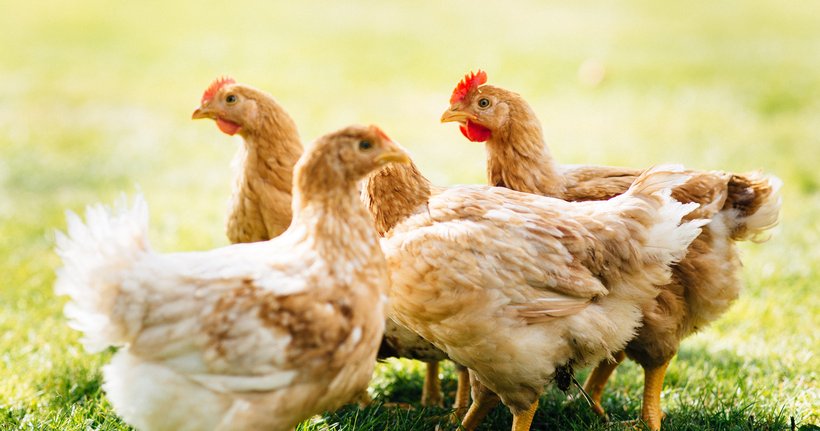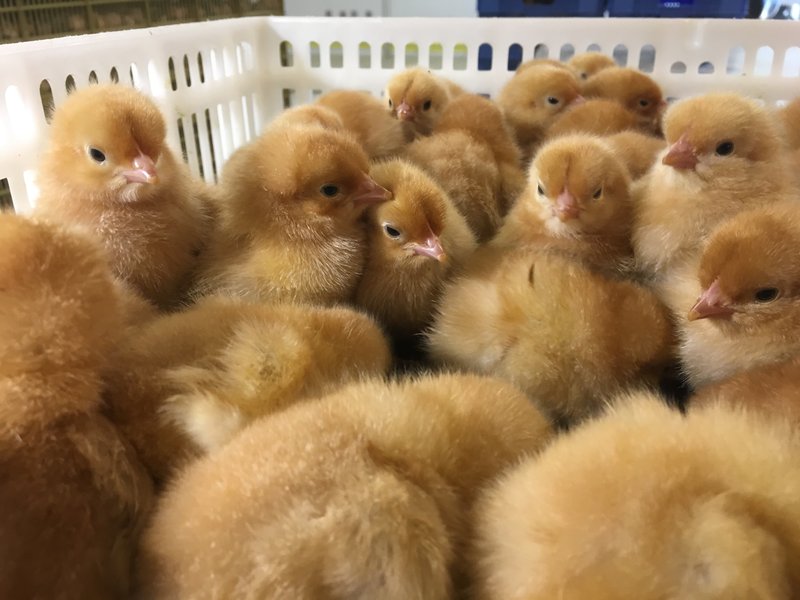
Published on May 24, 2022
Update on the SAPPSA project on sustainable poultry farming in Africa
Despite all the challenges that the SAPPSA project faced in relation to the impact of COVID-19, the project is still going strong. Since the start of the project steady progress has been made, not just in the breeding and selection programs, but also related to securing a reliable supply to enable the ongoing investments to scale up the operations. Additional GP-operations have been established in Latin America, and already several GP flocks have been successfully kept at these GP operations. By adding this GP operation, the Supply of Parent Stock to Africa has been safeguarded, as more opportunities are now available in case of any import restrictions on Parent Stock deliveries coming from the other SASSO GP Operations.
Training of, and knowledge transfer to Parent Stock farmers has been a challenge. Digital trainings on practical and technical management are easier to organize but harder to follow for the participants. Let’s hope 2022 will bring more opportunities for training schools related to the SAPPSA project.
In many African countries (Mozambique, Nigeria, Zambia, Zimbabwe, Burkina Faso), intensive field-testing projects are being organized to find the best breeds suited for the different Agro-ecologies. An example of these tests can also be found in Uganda, where Uzima Chicken and NAGRC are conducting performance studies on SASSO birds. When we look at the executive summary it states: “Uzima distributes SASSO, a dual-purpose breed for both meat and eggs production. The SASSO has high livability, scavenging capabilities, and relatively rapid growth rate when compared to the local village breed. It is easy to manage and can be reared by smallholder farmers on a free-range system with some supplementation while achieving impressive productivity results.” Based on the collected field data, we can see that the SASSO hens lay an average of 19 eggs per month, implying a total lay rate of 225 eggs per year. Furthermore, the SASSO birds gained 120 grams (25%) in weight each week, with SASSO males reaching 2 kilograms within 16 weeks. After the month-long brooding period, 60% of the SASSO birds in the study were reared under free range feeding programs, indicating that farmers can earn a decent return given the low inputs required to raise the birds. “
On top of running field tests, an intensive Recurrent test program (a breeding program where progeny is tested under field circumstances) has been established for both egg production and growth. In early 2021 the 2nd Recurrent Test for egg production has been delivered to the testing station in Boussé, Burkina Faso. As all these birds are pedigreed and tagged, the individual performance of these crossbreds can be monitored on a daily base, from growth during the rearing period, to daily egg production and egg quality. With the 1st Recurrent Test in Boussé there were some challenges to overcome, but we are improving and learning every day, and there is great support from the colleagues of Hendrix Genetics Layers. Next to the females, also the males are intensively being tested in Boussé, already 12 Recurrent Tests for growth have been performed at the testing station! The recurrent test program enables us to improve the breeding program of dual-purpose breeds by capitalizing on information collected under the challenging conditions in Africa. The results obtained so far show that both pure line – crossbred correlation and genotype-by-environment interactions exist. This demonstrates the benefit of including performance information collected locally. Running an effective breeding program for developing the best performing breeds under African conditions does not only require collecting performance information locally but also securing the pure line by keeping it in a bio secure environment. Through such a program it is possible to serve customers across the world consistently.

Next to looking at only the SASSO genetics, new crosses have been developed in collaboration with the R&D team of Hendrix Genetics Layers. These new products are the combination of SASSO Parent Stock Males with Hendrix Genetics Layers Parent Stock Females and are being marketed as Traditional Layers. 5 Crosses have been established, and their names perfectly fit with the SASSO “Colors your world” slogan: Irona, Ivory, Silver, Scarlet and Ciara. The traditional layers fall in the Dual-purpose category, the addition of laying hen genetics is resulting in lower growth rate, and different poultry meat characteristics for both males and females, but it results in higher egg production and improved egg quality. The traditional layers are changing the income for the smallholder farmers, as there will be a higher income coming from the sales of eggs, which can compensate for the somewhat lower income from the reduced carcass yield of the males.

The SAPPSA project is supported by The Bill and Melinda Gates Foundation, discover more about the projects the Foundation supports: https://www.gatesfoundation.org/

